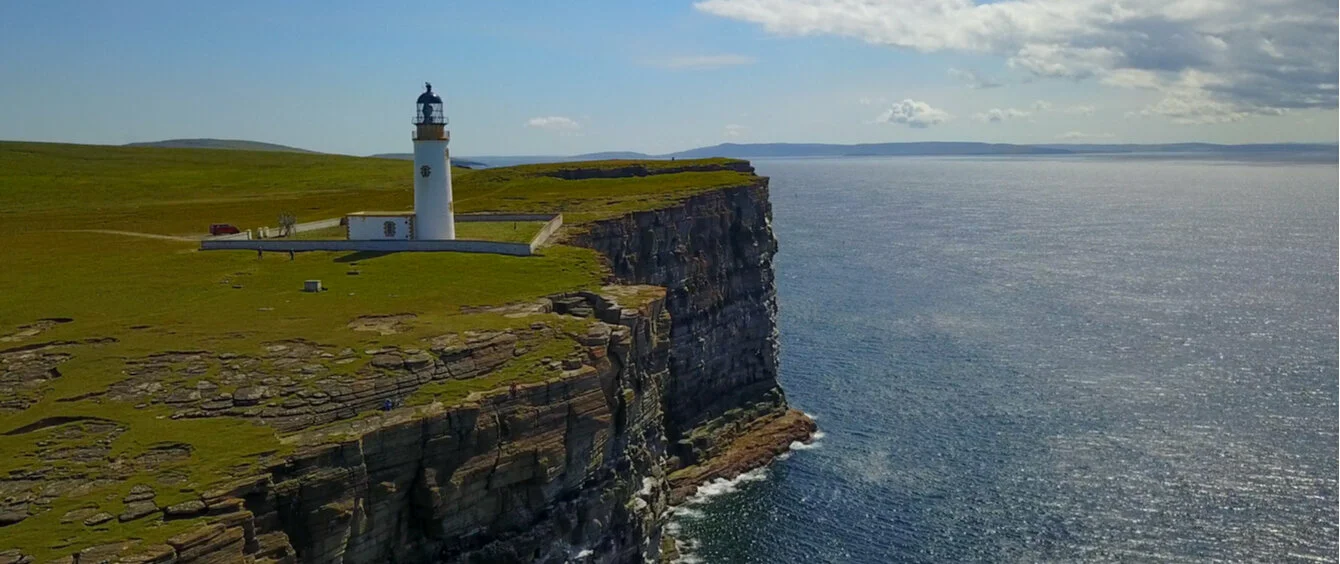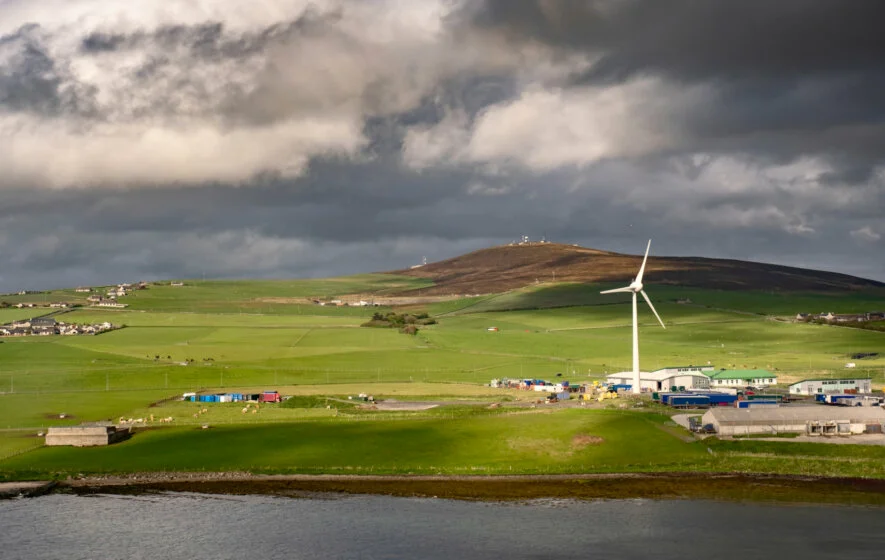70 small islands with a total of 22,000 residents and a whopping 700 wind turbines – these three remarkable numbers describe the Orkney Islands off the north coast of Scotland. One aspect in particular inspired German business newspaper Handelsblatt, which is published in Düsseldorf, to visit this group of islands: They generate far more energy than their residents need. A lot of the time, they even have to turn the wind turbines off when the network is overloaded – similar to the situation on Germany’s North and Baltic Sea coasts. But that’s not all. Researchers on the islands are also hard at work to find innovative ways to put this tremendous amount of energy to use.
Experts around the world follow these projects with great interest. “Orkney employs a wide range of cutting-edge technologies, among them wind and tidal power generation, and electrolysis to store excess power in the form of hydrogen,” as Handelsblatt quotes Paul Dodds, energy expert at University College London. “But the combination is what makes Orkney so unique.” The wind may play a central role, but there is more to the islands than that: A small bay near Stromness, the second largest town on the islands, is home to a test area for various technologies that exploit wave and tidal power. Microsoft, for example, is currently researching how to use sea water to cool mainframes (in German), an energy-intensive undertaking.
According to the article’s author, up to 500 energy storage facilities are to be installed in the homes of the island residents as well as 100 larger units in companies and public institutions. Added to this will be 200 charging stations for an additional 600 electric cars, 100 flexible heating systems, and a high-performance, hydrogen-powered fuel cell. Many residents have already agreed to combine elements, such as power supplies and electric cars, to cushion power fluctuations. The idea behind this being that the strong winds can charge the electric cars.
The business newspaper goes on to explain that electrolysis stations have been constructed on two islands and are now being used to transform wind and hydro power into hydrogen. This is then stored in grey, metal containers and is transported by lorry to the harbour in Kirkwall, Orkney’s capital. As ships dock in the harbour, the hydrogen is once again converted into power, which is then fed into the boats’ batteries. And this is just the beginning: In future, the four ferries that connect Orkney to the Scottish mainland are to be converted to run on hydrogen.
Handelsblatt concludes that Orkney may appear to be a sleepy group of islands in the north of Scotland. But any region capable of generating 120 percent of their own electricity demand themselves is way ahead of the game.

